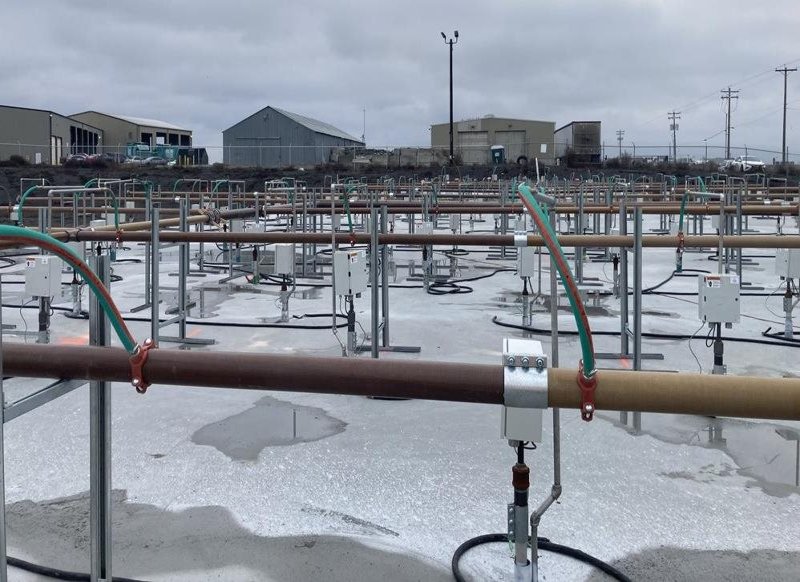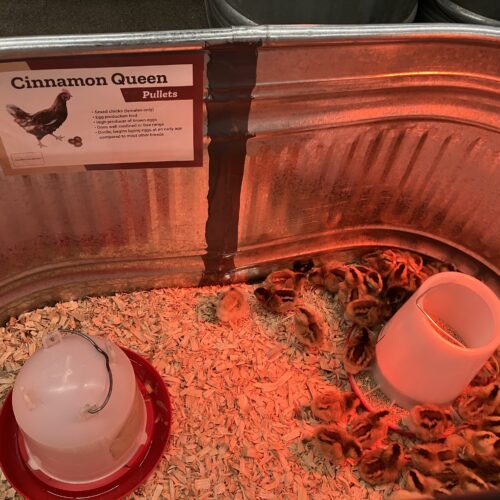
Hazardous chemicals leak into groundwater below Pasco Sanitary Landfill
Listen
(Runtime 1:07)
Read
A closed landfill just outside Pasco, Washington, is leaking harmful chemicals into the groundwater. However, regulators say the leak seems to be slowing down, and it won’t harm drinking water.
For years, the Washington Department of Ecology has overseen cleanup at the Pasco Sanitary Landfill. Parts of the long-troubled landfill have seen smoldering underground fires and new cleanup plans. In 2022, 35,000 drums of industrial waste were transferred to hazardous disposal sites in Arlington, Oregon, and Grand View, Idaho.
“Those drums leaked over time, and the soil beneath those drums was contaminated with the waste that was in those drums,” said Jeremy Schmidt, a site manager for the Department of Ecology.
To remove the contamination from the soil, the over 30 companies liable for the superfund site’s cleanup came up with a plan. They boiled the soil with heaters — like an electric coil on a stove.
Then, they vacuumed the chemical vapors up to the surface. The system removed about 9,100 pounds of chemicals from contaminated soil, according to the department. But there was a problem: it didn’t have enough suction. So, some of those volatile organic compounds, or VOCs, leaked into the groundwater below.
“We also needed additional extraction below that treatment area, which is now in place and operating,” Schmidt said.
In the polluted groundwater plume, regulators have found the highest concentrations of things like tetrachloroethene, toluene and trichloroethylene. They’re also seeing benzene and a few other chemicals, Schmidt said. Those are the sorts of volatile organic compounds you might see in gasoline or paint waste, he said.
“The bleeding has stopped. Now, we’re just going to track this to make sure it continues to reduce,” he said.
However, regulators are concerned some of the chemicals could vaporize into industrial offices and buildings above the contaminated plume.
The vapors could intrude through cracks or joints in the foundations. Schmidt said he doesn’t think that will happen, but the department is watching and preparing just in case.
“It’s kind of a belt and suspenders approach. We don’t want to wait until anything is necessary. We have to be prepared to implement it if the time arises, and hopefully it won’t,” Schmidt said.
From1958 to 1971, the landfill burned waste in trenches. Another portion of the landfill accepted hazardous waste from 1972 to 1975, according to the Environmental Protection Agency.
People can comment online, over email or via mail about the cleanup plans through Jan. 20.















